What You Need To Know About Japan’s Green Tea, Hojicha
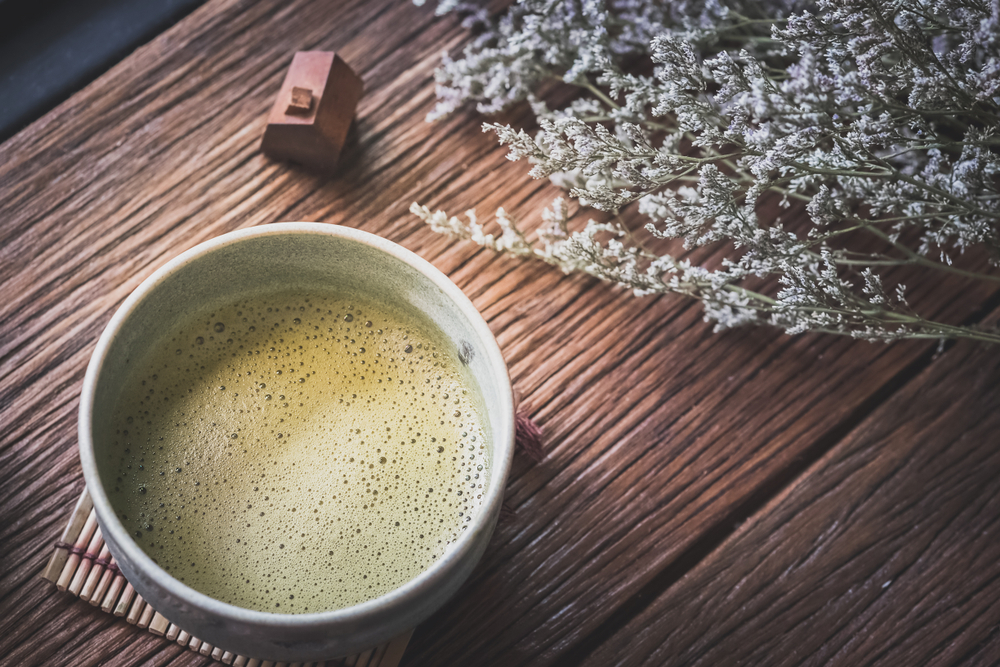
Green tea has long been in Japanese culture for thousands of years. What was once an elixir savoured by royals and elites, is now widely enjoyed by everyone. Tea culture is huge in Japan, and they even practise tea ceremonies called (茶道, sadō or chadō), which translates to “the way of tea”.
These traditional ceremonies are held in tea rooms with tatami mats, where guests enjoy tea that is prepared and served by their hosts. Japanese tea ceremonies allow you to learn more about the way the tea is prepared and enjoyed, and is a form of relaxation amidst the hustle and bustle.
There are many variations of green tea, all made different by the conditions they are grown in, the ways in which they are harvested and then prepared. Some of the most popular types include sencha, matcha, hojicha, and genmaicha.
Today, we’ll be sharing more about hojicha, a variation that has become more and more popular today.
What Is Hojicha?
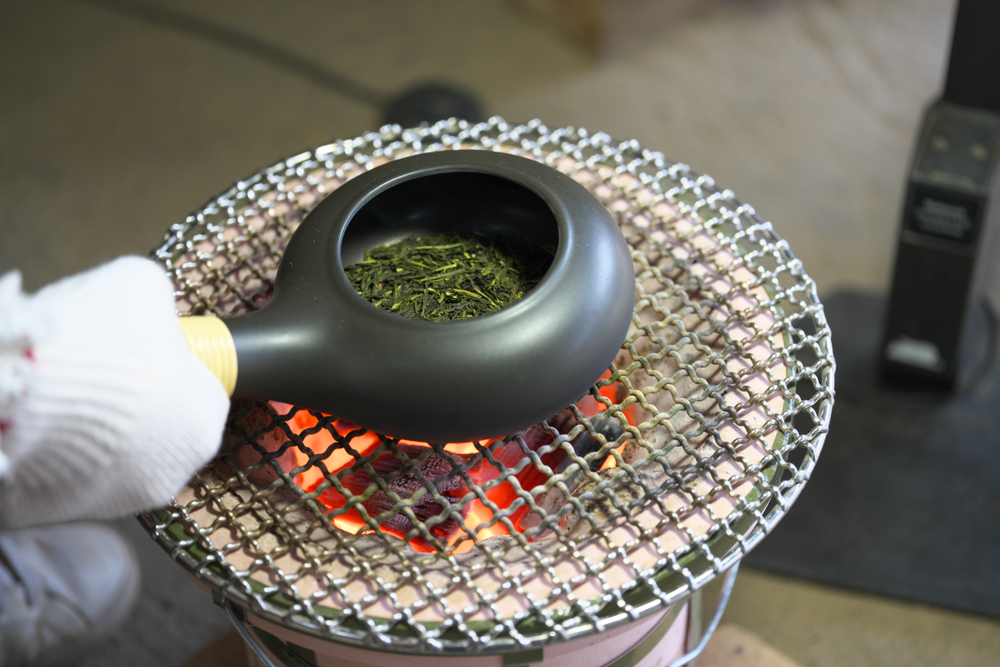
Photo by Khun Ta on Shutterstock
Originating from Kyoto, Japan, hojicha is a type of Japanese green tea that is made from green tea leaves or stems gathered from harvests of sencha and bancha variations. Hojicha is usually made from lower-grade tea leaves and stems as the higher-grade ones are too delicate for high-temperature roasting.
The first thing you will notice about hojicha is that it is light to reddish-brown in colour compared to the pale yellowish-green of other traditional Japanese green teas. This can be attributed to the roasting process that the tea leaves undergo after they are steamed. This roasting process removes any bitterness as well as gives the hojicha its signature earthy aroma and colour.
Benefits Of Hojicha
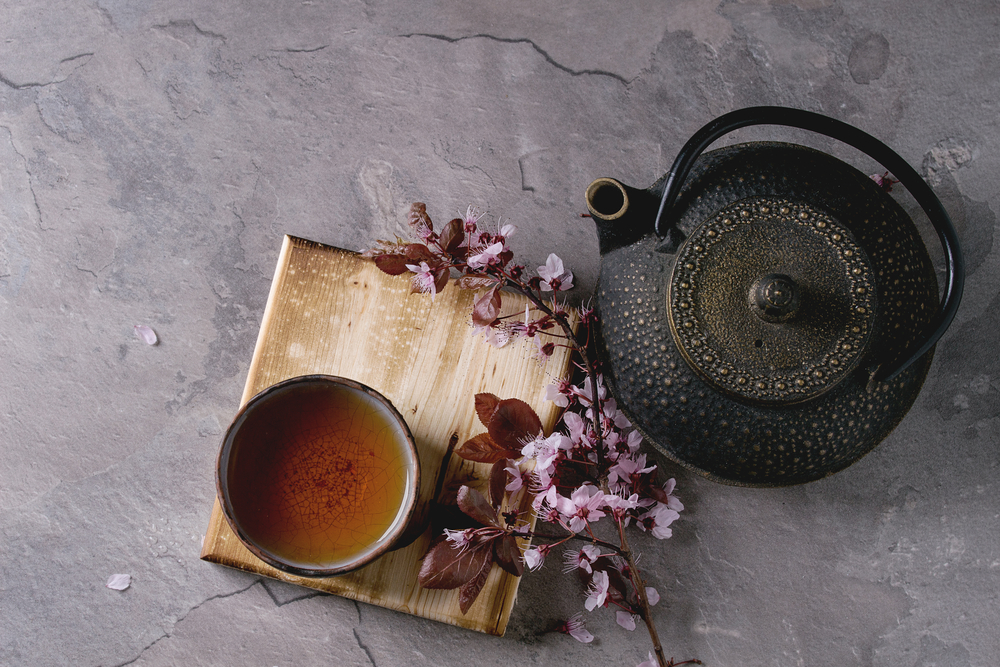
Photo by Natasha Breen on Shutterstock
Like any other types of green tea, there is a wide range of health benefits associated with drinking hojicha.
High In Antioxidants
Green tea is known to boast high levels of antioxidants which work to eliminate free radicals in your body. Antioxidants also have anti-ageing properties, making it a popular way to keep skin youthful and glowing.
Tip: Combine 1 teaspoon of your favourite green tea powder with 1 teaspoon of honey to make a quick nourishing face mask that will leave your skin bright and happy!
A Stress Reliever
Hojicha has high levels of L-Theanine, an amino acid present in the tea leaves and stems that give the tea its deep umami flavour that its known for. L-Theanine helps reduce mental and physical stress by promoting alpha wave generation.
In turn, cortisol levels and blood pressure are lowered and the body and mind are relaxed. Steam from the freshly brewed hojicha can also be inhaled and used to further relax the mind. Think of it as aromatherapy!
Lowers Cholesterol Levels
Drinking hojicha, matcha or any other green teas throughout the day can help to reduce cholesterol levels. This is due to the high levels of catechins found in green tea which can help lower the risk of heart diseases and inflammation, typically caused by high levels of cholesterol.
A Decaf Alternative
Sensitive to caffeine and prone to jitters after a cup of green tea or coffee? Fret not, as you can now enjoy your morning pick-me-up with hojicha while also enjoy it after dinner if you like. Most of the caffeine gets sublimed during the roasting process, and the use of more mature tea leaves and stems contribute to the low caffeine levels as well.
For comparison, a standard serving of 250 ml of coffee has about 95mg of caffeine, while green tea has around 50mg of caffeine. Meanwhile, hojicha contains only about 7.7mg of caffeine, making it the perfect alternative for non-caffeine drinkers, or those trying to cut down their intake.
Ways To Brew Hojicha
Now that you have learnt more about the amazing benefits of drinking hojicha, here are some ways to prepare it and enjoy!
How To Prepare Hojicha From Tea Leaves
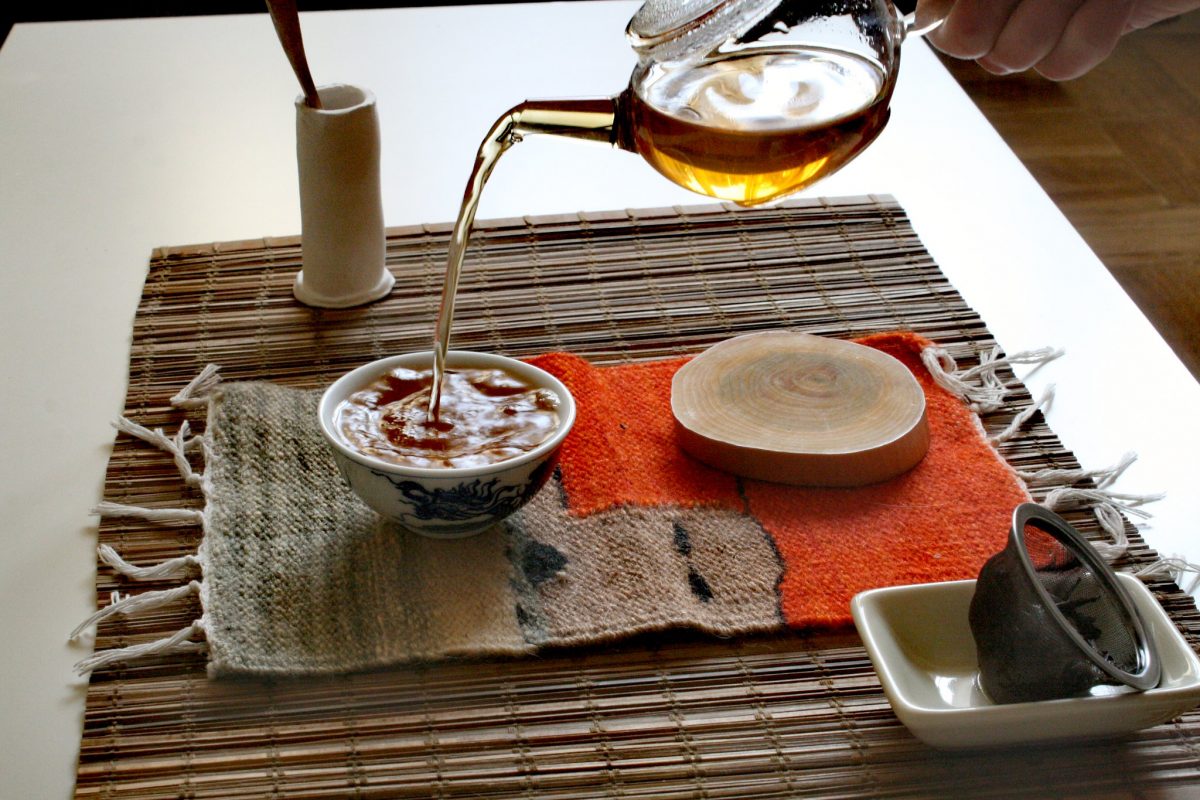
Photo by Jana Zoglauerova on Flickr
1. Pour two tablespoons of tea leaves into a teapot or strainer for every 125 ml of water.
2. Boil water till about 90 degrees Celsius. (You can gauge it roughly by boiling the water and letting it sit for 1 to 2 minutes.)
3. Let the tea leaves sit and open for anything between 30 seconds to 1 minute, before pouring the hojicha into teacups or removing the strainer. The steeping time depends on how nutty and rich you want your tea to taste.
Tip: When pouring tea into cups, pour a small amount in every cup each time, instead of pouring a full amount and moving on to the next. This ensures that no one cup tastes stronger or weaker than the rest, and makes for a more even smooth taste.
For a refreshing drink when the days are hot, chill the hojicha in the fridge – you can even do this overnight!
How To Prepare Hojicha From Powder
Making tea from hojicha powder is similar to how you would prepare matcha tea. While the traditional way would be to whisk the tea powder in a bowl with a bamboo whisk along with hot water, we are sharing with you an easier way to make this tea. However, feel free to make it that way if you have the equipment!
1. Pour 2 to 2 1/2 teaspoons of hojicha powder into a cup for every 120 ml of water.
2. Boil water till about 90 degrees Celsius. (You can gauge it roughly by boiling the water and letting it sit for 1 to 2 minutes.)
3. Add a few drops of water into the cups and mix it into a paste with a spoon. Gradually add water, making sure that there are no lumps of powder and the tea mixture is smooth. (Note: If whisking your tea, you can just pour all the water at once and whisk until frothy.)
Craving a hojicha tea latte from Starbucks but don’t want to pay for all that sugar? Simply make the hojicha paste with hot water and top it off with hot milk instead of water! You can add about a half teaspoon of sugar if you want it to be sweeter.
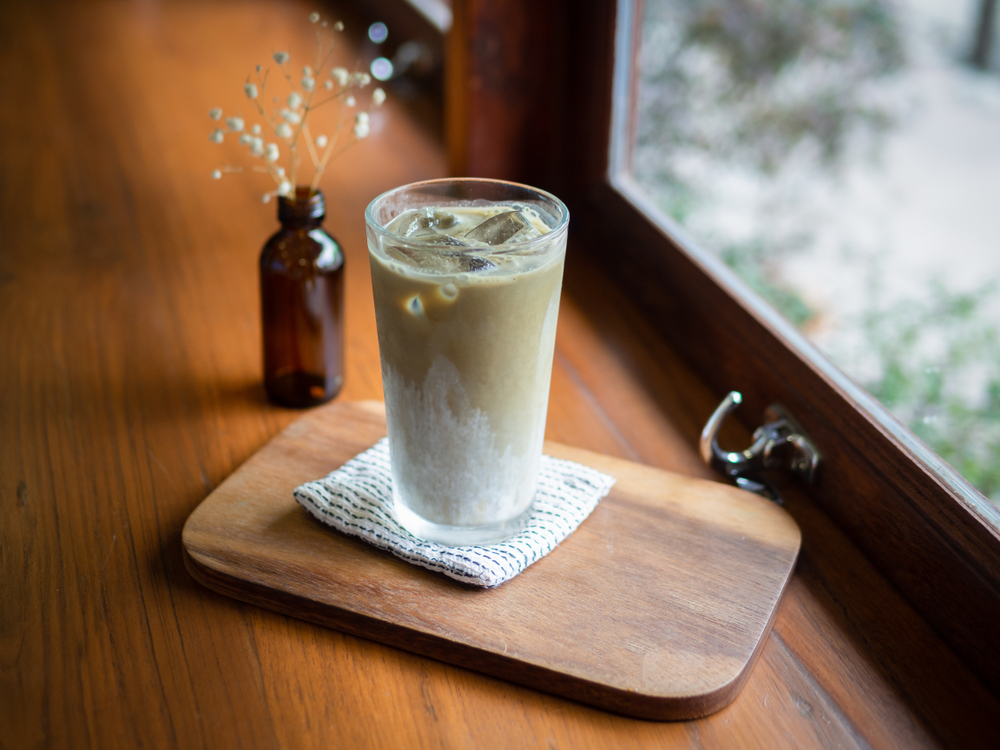
Photo by pongpinun traisrisilp on Shutterstock
Enjoy A Cup Of Hojicha Now!
Green tea boasts many health benefits along with tasting good, making it a great beverage to enjoy throughout the day. Instead of drinking regular green tea or matcha, why not try a cup of hojicha? You might be surprised to find a new favourite!
How about some sushi when you’re in Japan? Here’s a guide to understanding the sushi menu!

